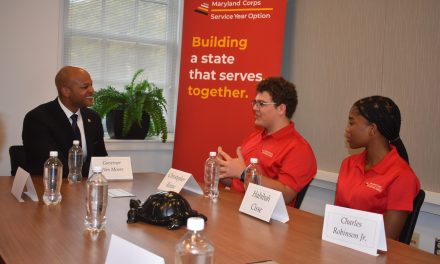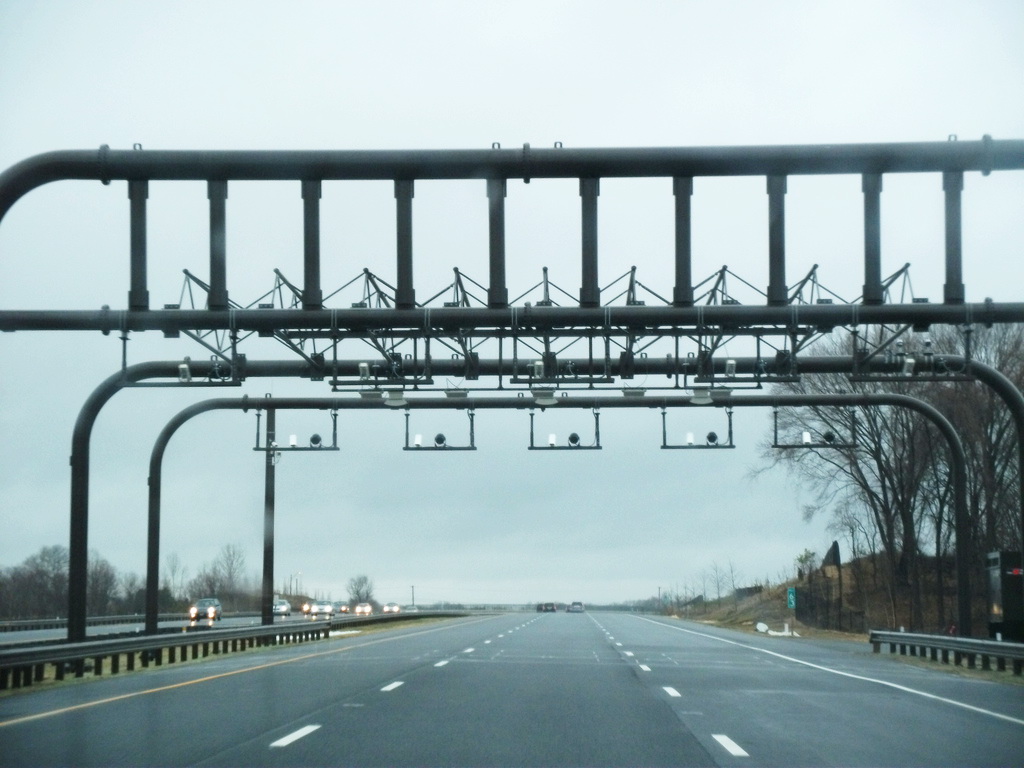Photo by wide-wide-world with Flickr Creative Commons License
By Tom Horton
Bay Journal News Service
Maryland’s Gov. Larry Hogan says he will be good to the Chesapeake Bay. He says he will be good to Chesapeake Bay watermen, too. He will find this a difficult balancing act.
He faces hard decisions on the oyster, a keystone Bay species, a reef builder providing vital habitat for all manner of marine life, and a pollution filter removing excessive algae and nitrogen.
To maximize Bay health, our best science says it’s time to stop catching oysters. Their population is less than 1 percent of the abundance that in the 1800s employed one of every five people fishing for a living in the United States, a fishing pressure that was never sustainable.
And ecologically, even 1 percent overstates the present condition of oysters, because only a tiny fraction are in the natural, vertical reefs that provide so many nooks and crannies for habitat. Most are scattered thinly across the Bay’s bottom, the result of intensive harvest by tongs and dredges.
Bigger harvests in recent years
Politically, the picture spins out differently. In the last five winters, Maryland’s wild oyster fishery has soared in value from $3 million annually to $20 million, and now employs almost double the number of watermen—more than a thousand—compared with 2010. Harvests have exceeded 400,000 bushels a year, compared with an all-time low of 26,000 bushels.
Excellent prices, as competing Gulf Coast oysters struggled, contributed to the fishery’s increased value, as two good years for oyster reproduction in 2010 and 2012 increased the oysters’ numbers.
Also contributing to the big catch has been a dramatic upsurge in dredging under power, banned for more than a century as too efficient for oysters to sustain, but reinstated in 2000. Since then, the number of watermen doing it has gone from 17 to 800.
It’s a fascinating juxtaposition — good news for watermen; yet “managing” a species reduced to less than 1 percent of its historic abundance by fishing harder.
Oyster harvests almost certainly will dive next winter, and even more the next winter. The great majority of the good 2010 and 2012 spat sets have been caught, state fisheries managers say. Reproduction since then has been poor, and even a great spat set this summer wouldn’t reach harvest size until 2018.
You might say boom and bust is the cycle of nature and watermen have been living with it forever. But the coming bust could put the Bay into more perilous territory.
Creating sanctuaries
Maryland in recent years has been running an ambitious, “can we have our cake and eat it too?” experiment, investing $50 million of state and federal money into creating big oyster sanctuaries, setting whole tributaries off limits to harvesting, letting the oysters do what they do best, build reefs.
This big win for Bay ecology took away 25 percent of the watermen’s traditional oystering areas (areas that technically belong to you and me as much as any waterman, but I wouldn’t say that too loud in a bar full of dredgers).
The bet has been that the sanctuaries will be so successful that the “fallout” of oyster larvae from them will seed the still-harvestable 75 percent of Bay oyster areas. It is too soon to know that, though the sanctuaries are looking good.
So now comes Hogan, who has made it clear he will be a friend to watermen. He has already quietly inquired whether he might pull back on sanctuaries where federal money was invested. Too risky, the state’s lawyers said.
Hogan’s options
But he has other options to unravel the state’s partial move toward wise oyster management; and as harvests plummet in the next few years, he will have immense pressure from watermen for quick fixes. There were numerous bills in the recent General Assembly to do just that. They will be back next session in spades.
The governor could order Mark Belton, his new secretary of Natural Resources, to expand power dredging to parts of the Bay where oysters seldom reproduce well — a management disaster, scientists say, but a good year’s work for watermen.
Or, the state might allow fishing closer to the edges of sanctuaries, making enforcement of whether a harvester was over the legal line difficult.
Belton already has transferred, no reason given, Mike Naylor, a skilled and dedicated oyster manager who was an advocate for sanctuaries.
Any solution with a hope of meeting Maryland’s official goals for restoring oysters by 2025 will mean maintaining the sanctuaries, as well as setting scientifically defensible harvest levels as Maryland and Virginia have for blue crabs. Doing the field work to enable the sustainable management of oysters will take a few years and an estimated $5 million; and while it may take the bust out of oystering, it will have to take much of the boom out, too.
Tom Horton covered the Bay for 33 years for the Baltimore Sun and is author of six books about the Chesapeake. Distributed by Bay Journal News Service.






“Less than 1% of the made up number” – why print obvious falsehoods?
I hate these idiot scientists that haven’t spent a single day on a boat or talked to licensed watermen one time think they know what is best for the bay. Maryland needs seafood, thousands of businesses and thousands more people need locally sourced seafood to survive.
He isn’t a scientist, just a fraud.
I wonder if Mr. Horton would like a 25% reduction in his earnings ?
I wonder how many water men does he know, or how they make a living, the costs, etc. ?
I believe that water men want to keep the oyster population growing… It’d be stupid to do otherwise…
Didn’t these same water men report what Virginia water men were doing with female
crabs ?
Mr. Horton wrote six books on the Chesapeake, did any feature the water men
their families, and their jobs ?
Left off the other interesting solution via the oyster hoteling tax credit whereby people receive tax credits for oyster growth off their piers and docks.